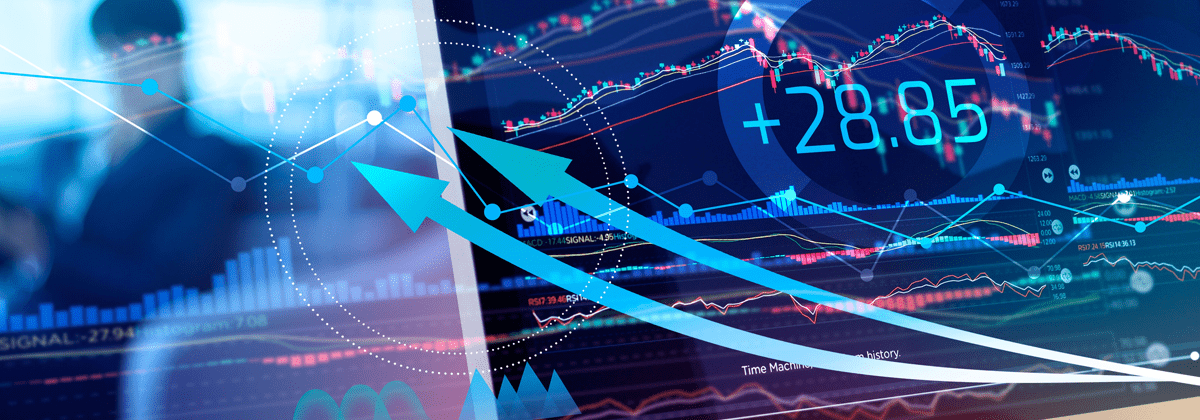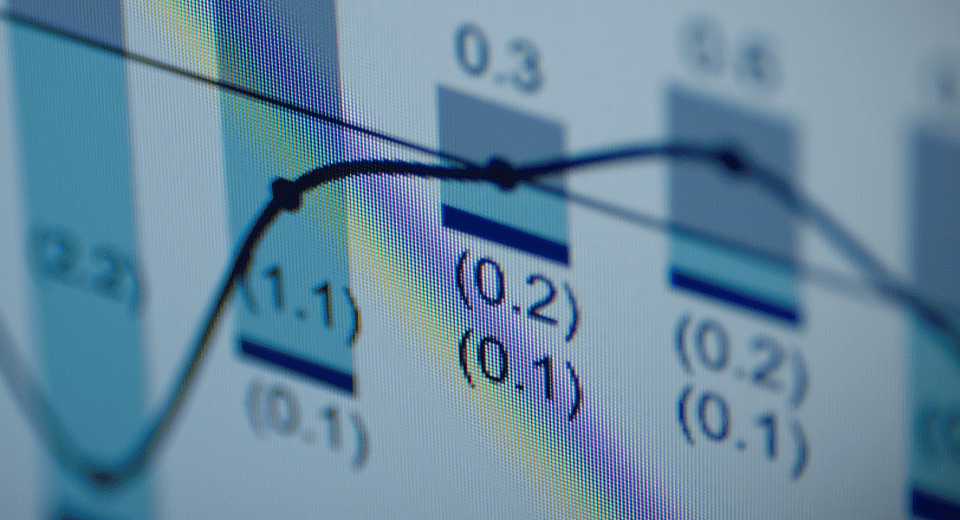In his book, Outliers, author Malcolm Gladwell sheds light on the 10,000-hour rule. He says that to be truly outstanding in a field, you need 10,000 hours of deliberate practice. He gets his rule from the analysis done on the Beatles and Bill Gates. Even if you do not want to master an art, it could take months to become considerably good at it. Here you have the top tips to get the most from your Demo Account.
In the financial markets, you normally do not have that much time to master the skill of trading. Jumping into the deep end without some degree of understanding of the market and the process of trading can be a highly risky practice. Getting it wrong for just a day, let alone a month, could lead to serious financial losses.
But there is a great way for beginner traders to complete their learning curve, without being exposed to such risks. It is known as a demo account.
The Benefits of Using a Demo Account
A demo account recreates the environment of live trading. This allows beginner traders to become familiar with the ins and outs of the market. This type of trading is also known as “paper trading,” since no real money is involved. These accounts also allow traders to understand the functions and capabilities of the trading platform, while honing their skills at technical analysis. You can learn how to open and close a position, place orders, and manage positions too.
Demo accounts can benefit intermediate and advanced traders as well. The more advanced traders use them for risk management and the development and backtesting of trading strategies. Traders can get an idea of where to place stop loss signals and the size of the orders. They also get a deeper understanding of how to read and analyse charts and patterns.
Tips to Making the Best Use of Demo Accounts
Demo accounts are an amazing tool to learn how to trade and to continue growing as a trader. Here’s a look at some ways you can make best use of your demo account:
1. Make True Assumptions
To ensure that you benefit from practicing on the demo account, it is vital to make realistic assumptions. For instance, you place an order or a bid. But this bid was within 1 cent or 1 tick high or low of that move. In this case, your order might be displayed as fulfilled in a demo account. But in a live account, this might not happen.
Therefore, in these cases, the profits and losses from such trades should be removed from the net profit/loss tally. It should be assumed that these trades never took place. Only take the orders and bids as fulfilled if the price trades by at least 1 cent more or through the bid. In case of low volume assets or thinly traded assets, the buffer should be even greater.
2. Take Slippage into Account
Slippage is the difference between the expected price and the execution price of a trade. Slippage is particularly common during periods of high volatility. It can also take place when there isn’t adequate trading volume to maintain the current bid/ask spread.
When using a demo account, it is recommended to take 1% slippage into consideration, especially when trading high volume stocks. With lower volume or more volatile stocks, greater slippage should be taken into account. This prepares you better when moving to the real world of trading.
3. Monitor Your Emotions
When dealing with demo accounts, some traders make the mistake of not taking the situation seriously. Since there are no real profits or losses and real money is not involved, it isn’t surprising for such a mindset to creep in. But this can be highly detrimental to your learning process.
It is extremely important to understand your emotions when trading. The two main emotions that tend to influence trading decisions adversely are fear and greed. The fear of making losses can cause a trader to execute their trade too early or hold on to a position for too long in hopes of the market reversing.
This comes in the way of making informed decisions, based on robust analysis. It could lead to missed opportunities or higher losses. Plus, greed could lead to traders holding onto their positions too long in hopes of greater profits. However, if the market suddenly moved against them, it could lead to large losses. The greed to make large profits can also make traders turn a blind eye to the potential risks of the trade.
Such emotions are part and parcel of live trading. Therefore, traders need to be able to identify what emotions arise at different points of the trading cycle. This way, they can learn to control emotions and stop them from influencing trading decisions in the live market.
For this, you could try to incorporate some tricks to recreate real world situations. For example, you could withhold something from yourself if you fail to follow your trading plan. On the other hand, you could reward yourself when you follow through with your trading plan.
Trade with Realistic Capital
When using a demo account, try to practice with the same amount of capital that you would have in real life. This prepares you better for live trading. In case this is not allowed in the demo account, trade with only a portion of the demo capital.
Despite their various advantages, demo accounts cannot miraculously transform you into a master trader. Only with proper practice and risk management can you hope to improve your chances of success.
Reference Links
Investopedia, The Balance.
Start Trading in 3 easy steps
1
Complete the Application Form
It takes just minutes for us to verify your identity and set up your account.
2
Download MT4 Platform
Download MT5 and trade via your desktop, mobile or tablet. No minimum deposit required.
3
Start Trading
Trade more than 60 products (Forex, CFDs & Commodities)





